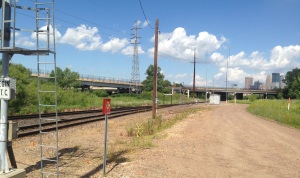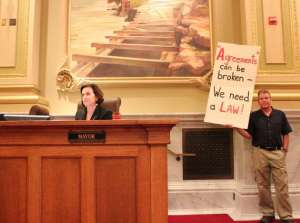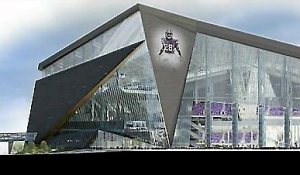The following commentary by James Lindbeck was published on the Star Tribune’s Opinion Page on August 27, 2014:
SOUTHWEST LRT: THE WRONG PROJECT FOR THE WRONG REASONS
This is about spending federal money, not about bettering the community
The level of political gaming that comes with billion-dollar projects was apparent at last week’s final public hearing for the Southwest Corridor light-rail project at the Minneapolis City Council.
First came the remarkable admission during opening presentations that approval is being sought a year before the supplemental environmental impact statement for changes along the Kenilworth corridor is to be completed. When the speaker was asked whether he thought any concerns would be revealed in the report, he said no. I thought that the reason we do such studies is to be sure that vested interests cannot simply proclaim that everything is fine.
Even more dismaying was the strategy of presenting the project as an economic-development plan for underserved populations in Minneapolis, even though most everyone knows that the primary purpose is to serve Eden Prairie. Astounding!
By seeking to divide the interests of citizens who want to preserve parkland from those who want economic justice, the players have shunted an opportunity for us to come together around a vision of equity, transportation and environmental stewardship that is truly worthy of our city, especially at a time when Minneapolis is being recognized as a model place to live — always with an emphasis on our amazing network of parks, lakes and trails.
If Minneapolis wants to improve transportation for underserved communities, why don’t we make that the real planning priority? For instance, we could design a nation-leading network of streetcars, deluxe ones that travel along dedicated lanes with priority at intersections. Make them free to ride so that people on tight budgets could get around more easily and with less stress.
Such a network could extend to Eden Prairie using routes currently designated for light rail, with less environmental damage and more access to service. In contrast, even project planners admit that the few light-rail stations specified for north Minneapolis will be “out of the way” and “difficult to access.”
Money from the project will end up in north Minneapolis, according to testimony at the Aug. 19 hearing, presumably through the hiring of local residents and contractors. But if Minneapolis really wants to provide jobs for those in need, why don’t we devote the funds that the city will spend on Southwest light rail to developing a permanent program that hires any citizen of the city who wants work to help maintain and improve our parks and public spaces? What the light-rail project will offer instead is a few months of work cutting down trees in Kenilworth and Cedar Lake, and the setting of a horrible precedent in how we treat our parklands.
Just when I started to feel overwhelmed at last week’s hearing by the march toward this deeply flawed outcome, Louise Erdrich, whose literary voice is renowned worldwide, stood and spoke in favor of preserving Kenilworth and Cedar Lake. She presented a vision of our city in which such places are recognized as being vital and valuable. In her writings, ancestors walk from the Dakotas to Minneapolis along the very tracks that Southwest light rail plans to dominate. We should listen carefully when she offers her thoughts, as they carry a rare degree of wisdom.
Let’s be honest: Southwest light rail is all about federal money that must be spent now following the inertia of a decades-long bureaucratic process. The entities set up to receive the money and the politicians who support them are doing their best to make it palatable, but the project is not really about making Minneapolis — north, south or central — a better place to live.
Supporters would have us believe that the train is inevitable, and perhaps it is, but I have to remain hopeful as we reach the end of the approval process that a majority of the City Council will have the courage to really hear Ms. Erdrich and then stand up to say: No, thank you — we can do much better.
Like this:
Like Loading...




